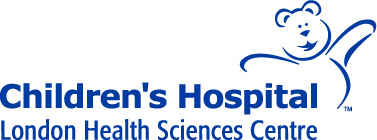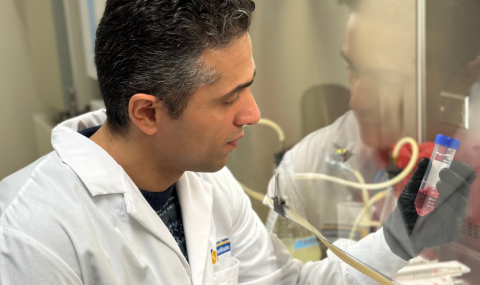What are Portosystemic Shunts?
Portosystemic shunts (PSS) are rare abnormal vascular connections that allow blood from the portal vein to bypass the liver and flow directly into systemic circulation. There are two types: Congenital portosystemic shunts (CPSS), which present from birth, and acquired shunts, which develop later in life.
Shunts may arise from the root, a branch or the main portal vein. They are broadly categorized into intrahepatic and extrahepatic shunts, with intrahepatic shunts sometimes resolving spontaneously within a year, while extrahepatic shunts often require medical intervention.
CPSS affects about 30,000 to 50,000 live births.
What causes Portosystemic Shunts?
CPSS is associated with congenital malformations and multisystem complications. This includes congenital heart disease (CHD), antenatal hemodynamic abnormalities, neonatal cholestasis, hepatopulmonary syndrome, pulmonary hypertension and hepatic tumors. The exact relationship and mechanisms are still under research, and further studies are needed to fully understand the causes.
What are the symptoms of Portosystemic Shunts?
- Jaundice (the yellowing of skin and whites of the eyes)
- Failure to thrive or growth delays
- Abdominal swelling
- Fatigue and weakness
- Cognitive and behavioural issues
- Encephalopathy (confusion, memory issues or altered mental status)
- Digestive issues
How are Portosystemic Shunts diagnosed?
Potential diagnostic measures:
- Observation of symptoms
- Physical exam
- Blood tests
- Abdominal imaging (such as a doppler ultrasound, MRI or CT scans)
Patients may need to be admitted to the hospital to undergo the necessary diagnostic measures listed above. This process often involves collaboration among various departments, including hepatology, surgery, nursing, social work and dietetics to ensure comprehensive care.
How are Portosystemic Shunts treated?
The main goal of treatment is to restore normal portal blood flow to the liver and eliminate the abnormal vascular communication. Treatment approaches include:
Intrahepatic Shunts
Often close spontaneously by 1 year of age, with symptoms resolving during this time.
Type 1: Congenital Extrahepatic Portosystemic Shunts (CEPS)
Liver transplantation is recommended as an effective treatment to replace the diseased liver and restore normal blood flow. This involves surgically removing the affected liver and replacing it with a healthy donor liver.
Type 2: Congenital Extrahepatic Portosystemic Shunts (CEPS)
Surgical closure or shunt embolization is recommended. These procedures involve closing the abnormal shunt pathway. Surgical closure entails physically suturing the shunt, while shunt embolization uses materials to block the blood flow through the shunt. Both methods aim to redirect blood through the liver, restoring normal function.
What happens next?
- Early detection and intervention are critical. Systematic evaluation and timely treatment significantly improve outcomes.
- Regular follow-ups are essential to monitor liver function and overall health.
- Continuous research and advancements in treatment methods offer hope for improved management of PSS.
- Patients and families are encouraged to stay informed and maintain regular communication with health-care providers.
Can Portosystemic Shunts be prevented?
There are currently no established prevention methods for congenital portosystemic shunts due to their association with congenital malformations and unknown causes.



